imitations of sound
Writing about wild life and other subjects in nature taps into a wealth of material. Just a single walk in the out-of-doors will suggest so many words and lines and themes.
I love to include all of the senses when I write about nature. Sounds are a particularly rich source of imagery. In describing an evening in early spring in New Brunswick, the trill of the Spring Peeper and the croak of the Bullfrog fill the night. The other senses are overwhelmed by sound.
Sounds also resonate with the reader. The calls of some birds, for example crows and ravens, are so familiar they are backdrop to everyone’s experience.
One of the challenges to including sounds in writing is their description. To describe a bird call, you can make a list from your own storehouse of words, or turn to the pages of a thesaurus to find words to convey the meaning: call, trill, warble, quaver, shrill, tweet, vibrate, and so on. You can also turn to the rich vocabulary of music to help the reader hear the sound: dolce, pianissimo, staccato, legato, etc.
Something I find fun to do when writing my poetry, is to try to imitate bird or other animal calls with words or syllables. These can be incorporated into writing as distinct words. The sounds can also resonate within the poem through word-choice… for example, the words ‘chicory’ and ‘delight’ could be used in a poem about a Black-capped Chickadee and its distinctive song, chicka-dee-dee-dee. I have a poem where learning not to be afraid in the woods is accompanied by the sound of a warbler saying teacher! teacher! teacher! Poetry is particularly inclusive of this kind of writing, but other writing can make use of this technique as well.
To help them associate bird calls with their owners, naturalists have used syllabic representations of birds calls for years. Simple examples are the trill of the American Robin, cheer-up, cheer-a-lee, cheer-ee-o, and the song of the White-throated Sparrow, I love dear Canada, Canada, Canada.
A particularly useful website for finding birdsong mnemonics is http://www.1000plus.com/BirdSong/birdsngb.html. Interesting, and perhaps familiar, bird calls from the site are:
- Black and White Warbler – wee-zee, wee-zee, wee-zee
- Mourning Dove – hooo-ah hoo-hoo-hoo
- American Goldfinch- per-chick-a-ree or po-ta-to-chip, also descriptive of its dipping, scalloped flight
- Red-eyed Vireo- where are you? here I am.
One of the best mnemonics listed on the site is for the Warbling Vireo, a bird I have never heard:
If I sees you, I will seize you, and I’ll squeeze you till you squirt (the website says this song is ‘to a sought caterpillar’ !)
~
Here is a writing exercise for you:
Go outside and find a quiet place to sit and write.
Absorb the sights, sounds, tastes and tactile sensations around you.
Use these sensations as the starting point for a poem.
Listen for a bird call. It doesn’t matter if you know the name of the bird.
Design your own mnemonic to describe the bird call.
Incorporate the sound into your poem.
Look for resonance within your words.
Think about linkages between sounds and ideas in your poem.
In final revisions, consider alternative word-choices.
Consider including words that are meaningful with respect to sound.
~
~
Spring Peeper mnemonic
~
eat cream of wheat –
ream of wheat –
creamy-wheat,
wheat cream
~
my wheat cream,
me creamy wheat,
eat wheat-e-cream –
wheat cream
~
~
© Jane Tims 2012



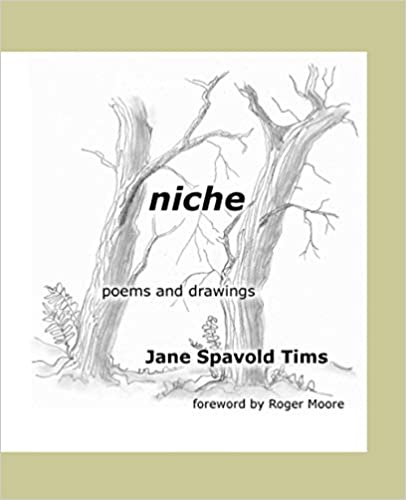

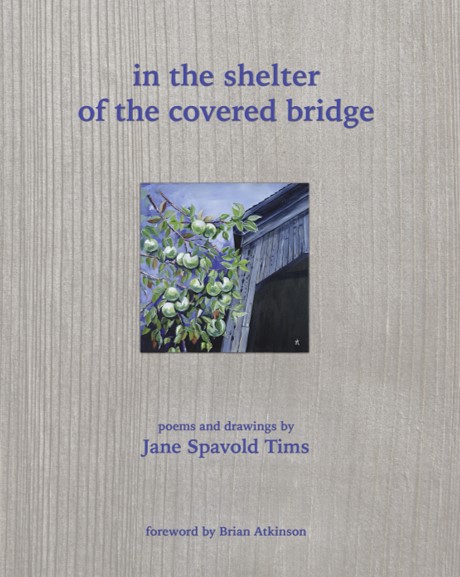
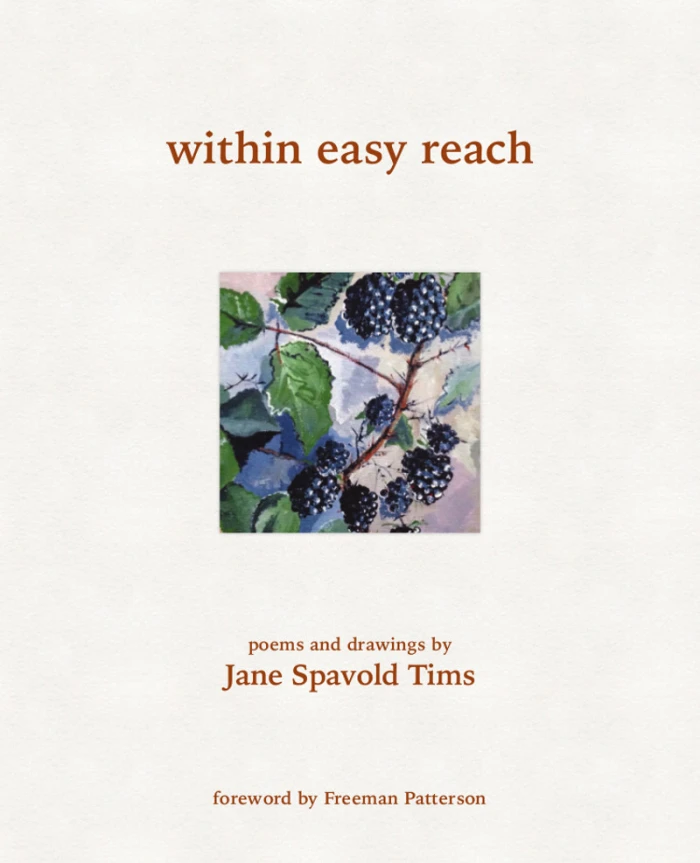
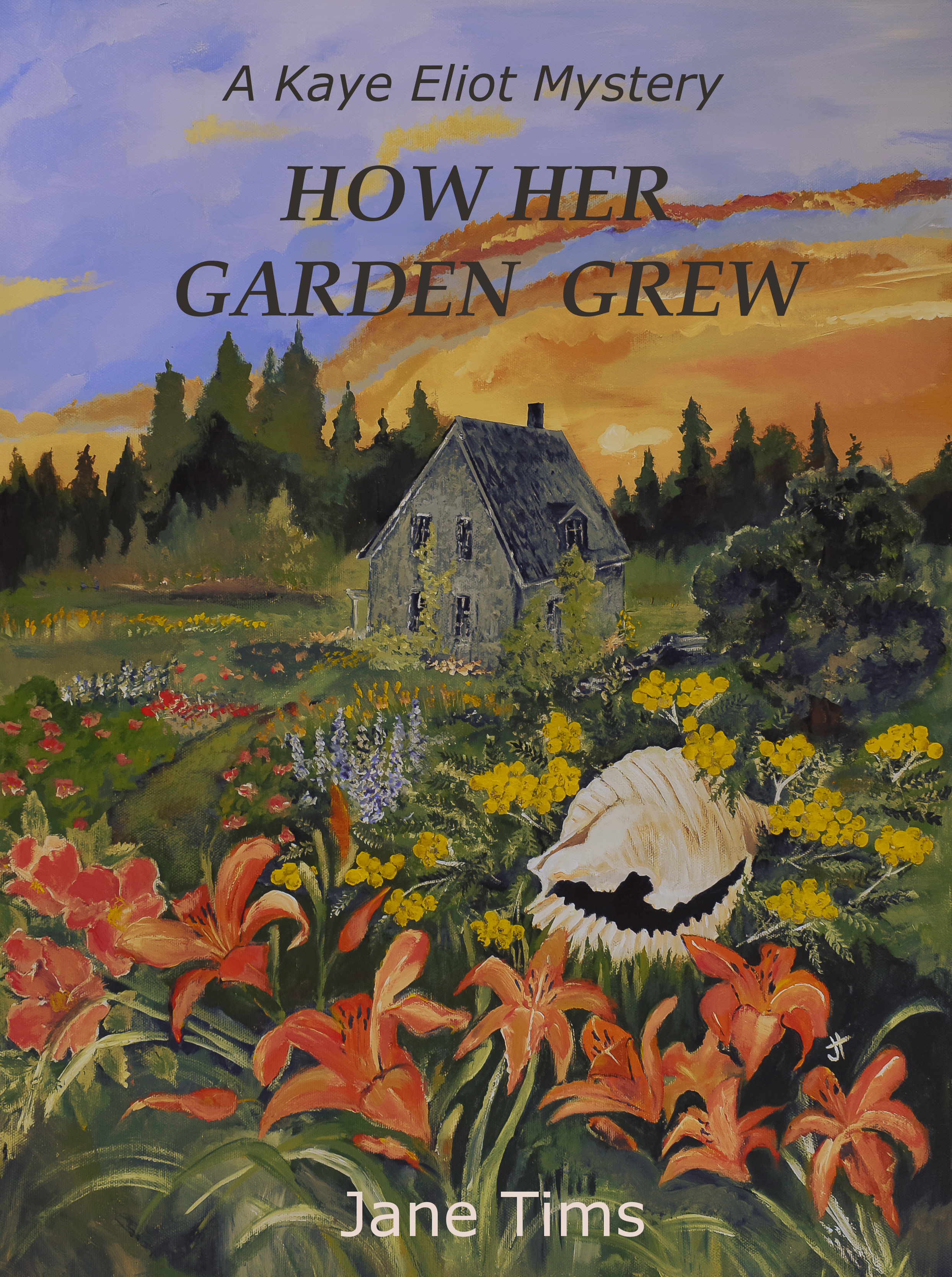






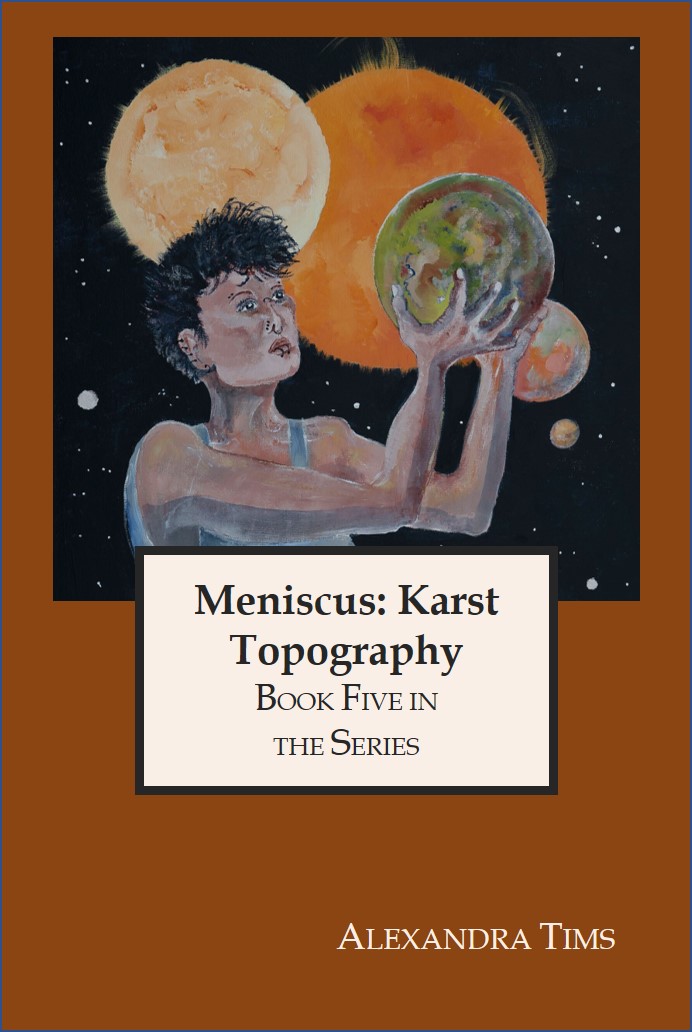





I'd love to hear what you think...